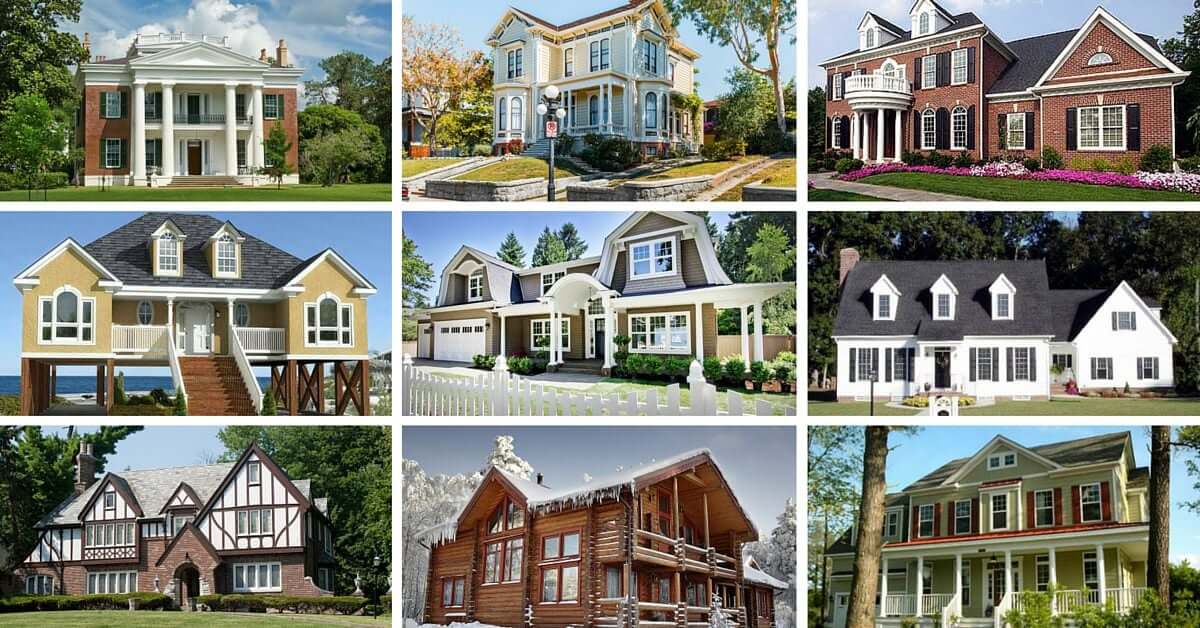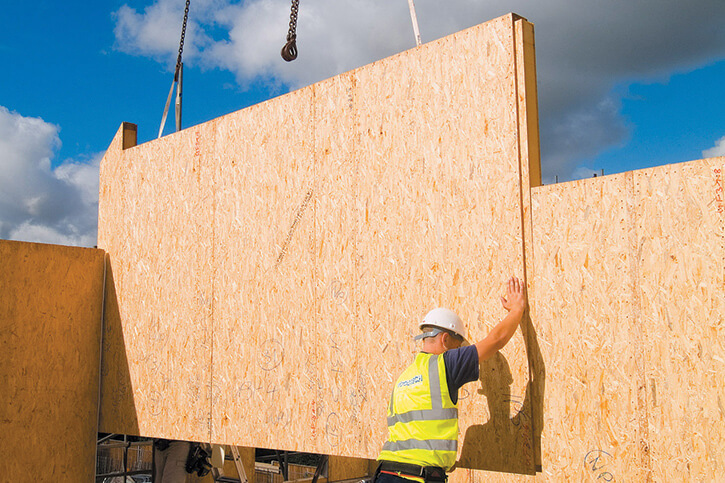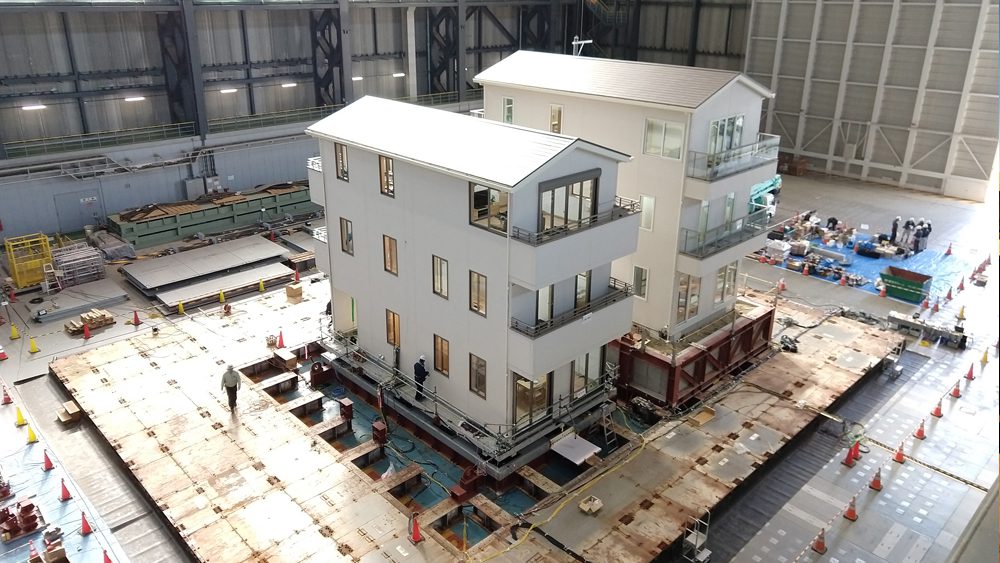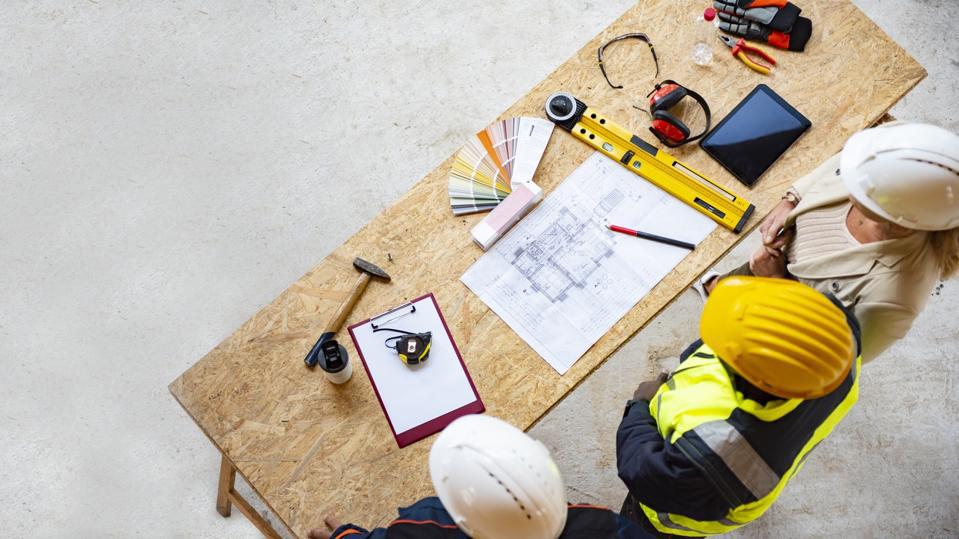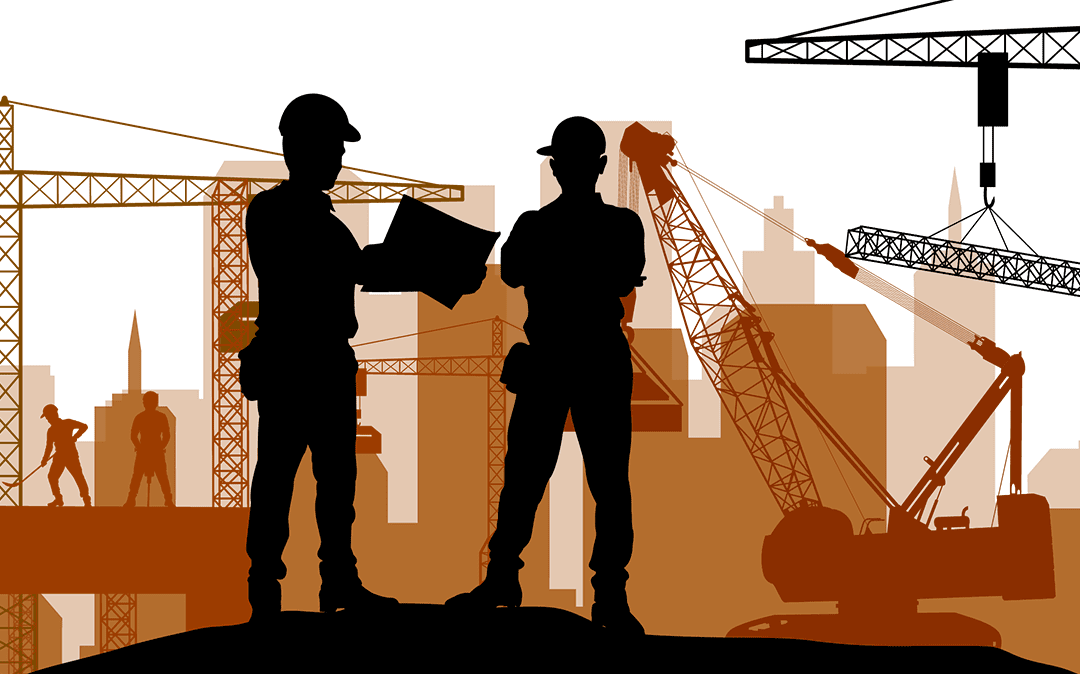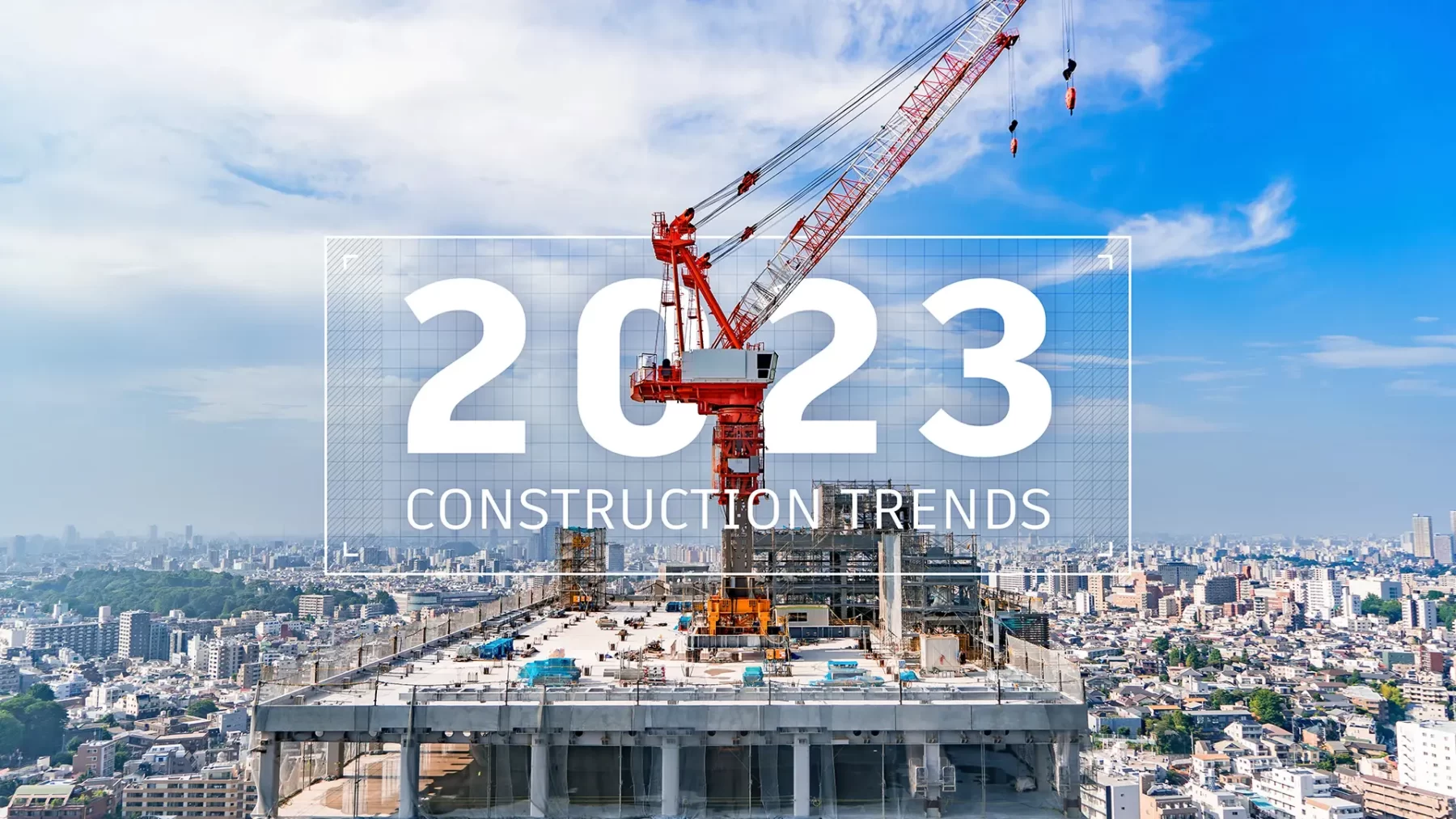Modern house styles in the United States reflect a departure from traditional architectural designs, embracing clean lines, minimalism, and a focus on functionality. Here are some of the prominent modern house styles seen in the U.S: Mid-Century Modern: Characterized by clean lines, flat planes, and large windows, mid- century modern homes were popular in the […]
In response to environmental concerns and the demand for sustainable practices, green building certifications have gained importance within the construction sector. These certificates offer a framework for assessing and appreciating structures that adhere to eco-friendly standards. The LEED (Leadership in Energy and Environmental Design) and Energy Star certifications are two of the most well-known green […]
Structural Insulated Panels (SIPs) are a building construction material that has gained popularity in recent years due to their energy efficiency, strength, and ease of construction. SIPs consist of three layers: two layers of structural board materials (usually oriented strand board, or OSB) and a core material made of rigid foam insulation (typically expanded polystyrene […]
Foundations are critical components in construction, providing support for buildings and transferring their loads to the underlying soil or bedrock. Several types of foundations are used in construction, each suited to specific site conditions and building requirements. Here are common types of foundations: Following are different types of foundations used in construction: Shallow Foundations: […]
“Modern architecture ” refers to building created and constructed in accordance with the social, aesthetic, and cultural mindset known as Modernism. It placed a strong focus on experimenting, rejecting established “rules,”and promoting freedom of expression in music, art, literature, and architecture. The 20th century saw the birth of the Modern Movement in architecture. This resulted […]
In an ever-evolving world, innovation is the cornerstone of progress, and the construction industry in the United States is no exception. From materials that redefine durability to construction techniques that enhance efficiency and sustainability, the American construction sector is embracing innovation like never before. Advanced Building Materials 1. Self-Healing Concrete Self-healing concrete is revolutionizing the […]
Residential structural engineering in the United States is a specialized field of engineering that focuses on the design, analysis, and assessment of structural components and systems in residential buildings. Structural engineers in the U.S. work to ensure that homes are safe, structurally sound, and compliant with local building codes and regulations. Here are some key […]
Construction management is a specialized service that gives project owners effective control over the project’s budget, timeline, scope, quality, and function. All project delivery techniques are compatible with construction management. No matter the situation, the owner and a successful project are the duty of the construction manager (CM). Three partners, excluding the Construction Manager, make […]
There is a long history of research on project design, planning, and execution in theconstruction sector. Traditional building research techniques are combined with humanresearch techniques from the social sciences in this sort of study.It offers a fantastic chance to raise business performance in this sector. Additionally, it canhelp decision-makers and leaders in the sector understand […]
One of the biggest economic sectors in the US is the building industry. Each year, the construction industry generates about $1.4T in revenue and employs more than seven million people across 733,000 enterprises. Things are slowly getting back to normal, but that doesn’t mean there still aren’t challenges to the industry in 2023 or 2024. […]


